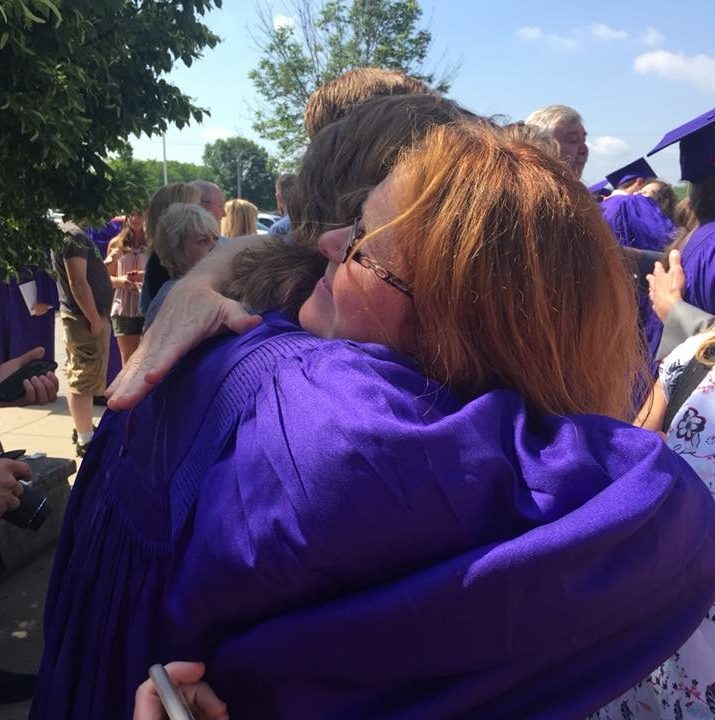Staying Calm during Covid-19
We are embarking on a journey through uncharted territory. Few of us imagined that spring break would be the start of social distancing, increasing isolation in order to minimize the damage of the Covid-19 pandemic.
Usually, when big scary events happen, we come together. We lean on each other, we prop each other up. When natural disasters happen, we send teams of doctors and organize supply drives at home. (Whether or not they are helpful). Mass shootings are frequently followed by candlelight vigils. It feels better to face tragedy together. This is how we are wired— we are safer, and survive longer, if we cooperate.
The Covid-19 pandemic provides a conundrum for our human instinct to come together. The most effective weapon we have against its spread is isolating ourselves. This doesn’t result in us getting the chance to reassure each other or process our anxiety together. It results in increased isolation which is followed, quite naturally, by increased anxiety and depression. Without connection, it’s easy for our fear to grow as exponentially as the Covid-19 infection rates.
Fortunately, Relational-Cultural Theory (RCT) is here to help. RCT recognizes that interdependence is foundational to well-being, that we naturally move into deeper connections as we mature, and that those deeper connections can sustain and heal us during challenging times. But how do we leverage the healing power of relationships when we are separated into individual quarantines?
Amy Banks, MD has some helpful ideas. Her C.A.R.E. program uses relational neuroscience and Relational Cultural Theory to counter things like depression and anxiety, and to create deeper, stronger relationships. One of the tools she offers is a refocusing exercise called PRM, or Positive Relational Moment.
A PRM is a time you remember feeling safe and loved within a relationship. It can be a meaningful hug, a shared laugh, a tearful reunion– any memory of deep connection. Banks talks about developing a PRM library– a selection of moments you can recall whenever you’re feeling anxious or stressed. Taking a moment to fully access such a memory prompts your brain to help you relax. You are reminded not only of how essential human connection is, you’re also reminded that you are a direct participant in it.
Take a moment to build your library of PRMs. You could create a photo album with pictures that remind of you those moments, or journal about some of them. Then, when you’re needing to feel the healing balm of connection, try the following exercise with a selected PRM.
- Find a place to sit that feels comfortable and grounding. You can sit cross-legged, on a meditation cushion, or on a firm chair.
- Take a few minutes to relax into your breathing, allowing your thoughts to quiet. You can use any anchor that is helpful to you– your breath, the sounds surrounding you, noticing how your body sits/touches the ground.
- Imagine your PRM, as if you are reliving it. Bring it up in full living color.
- Breathe into it and notice everything about it. What does it feel like? What sensations do you notice? Smells? Sounds? Some PRMs elicit more physical sensations, others might be in the form of a specific visual image, a smell or a sound.
- Imagine your PRM as a source of light, feeling it warming your shoulders like sunshine coming through the window. Spend several minutes allowing your PRM to envelop you.
- When you’re ready, return to the present moment, allowing the feeling of deep connection and care to carry you into the rest of your day.
**this line of thinking was directly inspired by John Makransky‘s work on Awakening Through Love.

